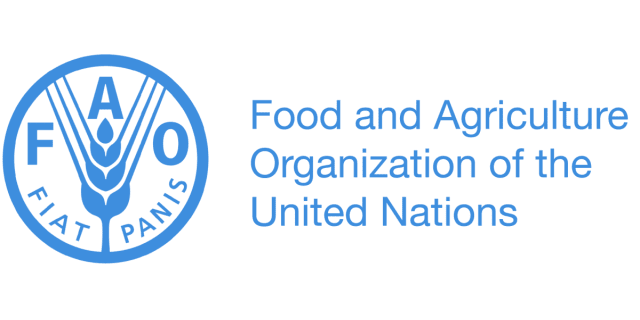[ad_1]
Cereal manufacturing leads in Southern Africa have actually taken a dogleg for the even worse considering that last February, the Food and Farming Company of the United Nations (FAO) warned today (Monday/Tuesday).
The predicted shortage in manufacturing, specifically for maize, is anticipated to magnify houses’ food instability, rise residential costs and stimulate a rise in import requirements throughout the subregion, according to a brand-new analysis from FAO’s Global Information and Early Warning System. White maize represent practically 20 percent of calories eaten in the subregion.
The unsatisfactory projection follows “prevalent and considerable rain shortages in February, worsened by document heats, an especially destructive mix for plants,” the record stated, keeping in mind that there are little hopes of a recuperation prior to the harvest duration commences in May.
Severe food instability in southerly Africa, approximated at 16 million individuals in the very first 3 months of 2024, can degrade in late 2024, FAO advised.
Food costs, currently increasing at yearly prices over 10 percent, are most likely to climb more and, based upon present estimates, South Africa and Zambia, commonly maize merchants, will certainly not have the ability to cover the supply shortage, and Zambia has actually begun importing maize to satisfy the shortage.
This mix of lowered harvests and increasing food costs is especially damaging for farming houses and reconstruction of manufacturing,, as ranch earnings are readied to be pressed while even more sources will certainly be required to acquire food, stated Jonathan Extra pound, financial expert at FAO’s Global Details and Early Caution System.
Strategy in advance for change to La Niña
This observed pattern is common of the El Niño climate sensation in the area, FAO kept in mind.
Existing projections nonetheless direct a high probability of a change to a La Niña stage later on in the year, with even more valuable rainfall patterns.
That makes it “crucial” to scale up resilience-bolstering steps allowing farmers to prepare properly for the following farming period beginning in September 2024, FAO stated.
The federal governments of Malawi, Zambia and Zimbabwe have actually currently stated dry spell emergency situations. Partnering with the NASA Harvest program, FAO geospatial monitorings recommend that crucial grain plants will certainly endure negative effects partly of Angola, Malawi, Mozambique, Namibia, South Africa and Zimbabwe, with Zimbabwe, Malawi and Mozambique anticipated to see a noteworthy enter import requirements.
Dispersed by APO Team in behalf of Food and Farming Company (FAO).
[ad_2]
Source link .




